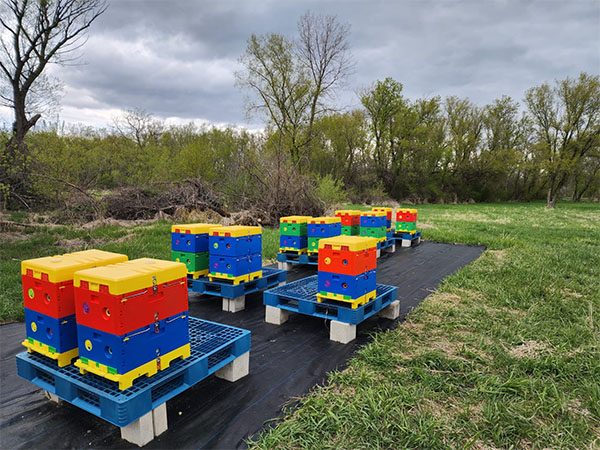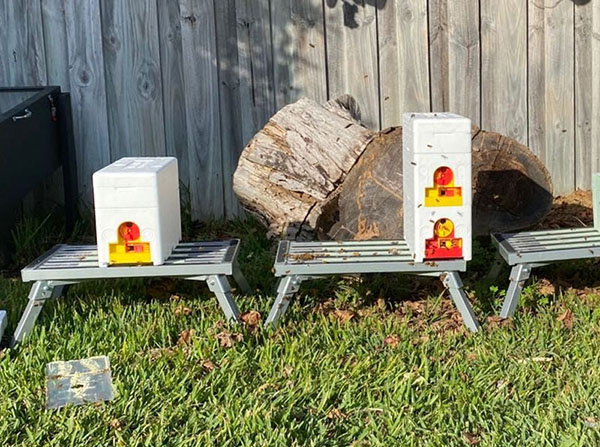How do you know if there is a wild bee nest nearby?
 Feb 20,2024
Feb 20,2024

 Lucia Ma
Lucia Ma
The basic condition for beekeeping is to have at least a bee colony, otherwise bee breeding would be impossible. To collect bee colonies, one has to either buy them from an apiary or collect wild bee colonies yourself, especially wild bee colonies. Since it is common, let’s take a look at how to know if there is a wild bee nest nearby!

Observing the honey-gathering behavior of bees is an effective way to determine whether there are wild bee colonies nearby. If you see bees collecting honey on flowers, it means there must be a bee colony within a radius of 3 kilometers (the collecting radius of bees is approximately 3 kilometers). Then pay attention to the return direction and flight height of the bees after collecting honey. The return direction is generally the direction of the honeycomb (the bees will fly straight back to the hive after collecting honey), and the lower the flight height, the closer the honeycomb is, and vice versa. The higher the value, the farther the cell distance is!
Bees, like other animals, cannot live without water. When the bee colony is short of water, it will go to the water source to collect water. This situation is particularly common in the relatively dry summer and autumn, and most of the bees in the bee colony who go out to collect water are old bees and After collecting water, they will fly straight back to the hive. Therefore, observing the water collecting behavior of bees is the most effective way to find the honeycomb. If you find bees collecting water, you must pay attention to the direction of the water collecting bees returning to the hive. Generally, follow this direction. The hive can be found within 500 meters of the direction!

Bees live entirely on flowers (including pollen and nectar, etc.), and bees, like other animals, also excrete waste (bees’ excrement is related to food, and the colors are mostly light yellow, yellow, dark yellow, etc.), so search for wild bees When swarming, you should pay attention to whether there are bees' excrement nearby. In addition, the denser the bees' excrement, the closer the hive is. Especially when the sun shines on the hive, the bees will leave the hive to excrete in large quantities. At this time, it is easy to find The exact location of the hive!
Bees make a "buzzing" sound when they fly (the sound of bees is not caused by the flapping of the wings, but the sound made by the eardrums at the base of the wings beating up and down), especially near the hive. Very dense, but many bees will also make a dense "buzzing" sound when collecting nectar from a honey source. Therefore, if there are no bees nearby to collect nectar but the "buzzing" sound is very dense, it indicates that there must be a bee nest nearby. It’s easy to find the direction of the sound!




 Tel:
Tel:

 Home
Home Advantages of Plastic Beehives for Beekeeping
Advantages of Plastic Beehives for Beekeeping  You May Also Like
You May Also Like







 Tel
Tel
 Email
Email
 Address
Address







